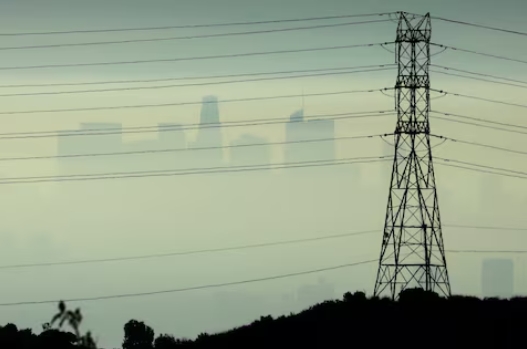
Downtown Los Angeles is seen behind an electricity pylon through the morning marine layer in Los Angeles, California, U.S., August 20, 2019.
The anticipated rise in demand stems from increased activity in data centers supporting artificial intelligence and cryptocurrency, alongside growing electricity use in homes and businesses for heating and transportation. The EIA estimates 2025 power sales at 1,527 billion kWh for residential consumers, 1,467 billion kWh for commercial customers, and 1,059 billion kWh for industrial customers. These figures approach or exceed historical peaks, such as 1,509 billion kWh for residential users in 2022, 1,434 billion kWh for commercial users in 2024, and 1,064 billion kWh for industrial users in 2000.
The EIA also outlined shifts in the energy mix. Natural gas is expected to account for 40% of power generation in 2025 and 2026, down from 42% in 2024. Coal’s share will remain steady at 16% in 2025 before dipping to 15% in 2026, while renewable energy sources are projected to grow from 23% in 2024 to 25% in 2025 and 27% in 2026. Nuclear power’s contribution will stay consistent at 19% through 2026. An EIA spokesperson noted: “Renewable output will rise as part of the broader energy transition.”
For natural gas sales, the EIA forecasts 13.2 billion cubic feet per day (bcfd) for residential consumers and 9.8 bcfd for commercial customers in 2025, with industrial demand holding at 23.4 bcfd. Gas used for power generation is expected to decline to 35.7 bcfd from 36.9 bcfd in 2024. These projections compare to historical highs of 14.3 bcfd for residential users in 1996, 9.6 bcfd for commercial users in 2019, and 23.8 bcfd for industrial users in 1973.
The outlook reflects evolving energy needs driven by technology and lifestyle changes, with a focus on balancing demand growth and sustainable energy sources. The EIA’s projections highlight the U.S.’s efforts to meet rising electricity consumption while diversifying its power generation mix to support economic and environmental goals.